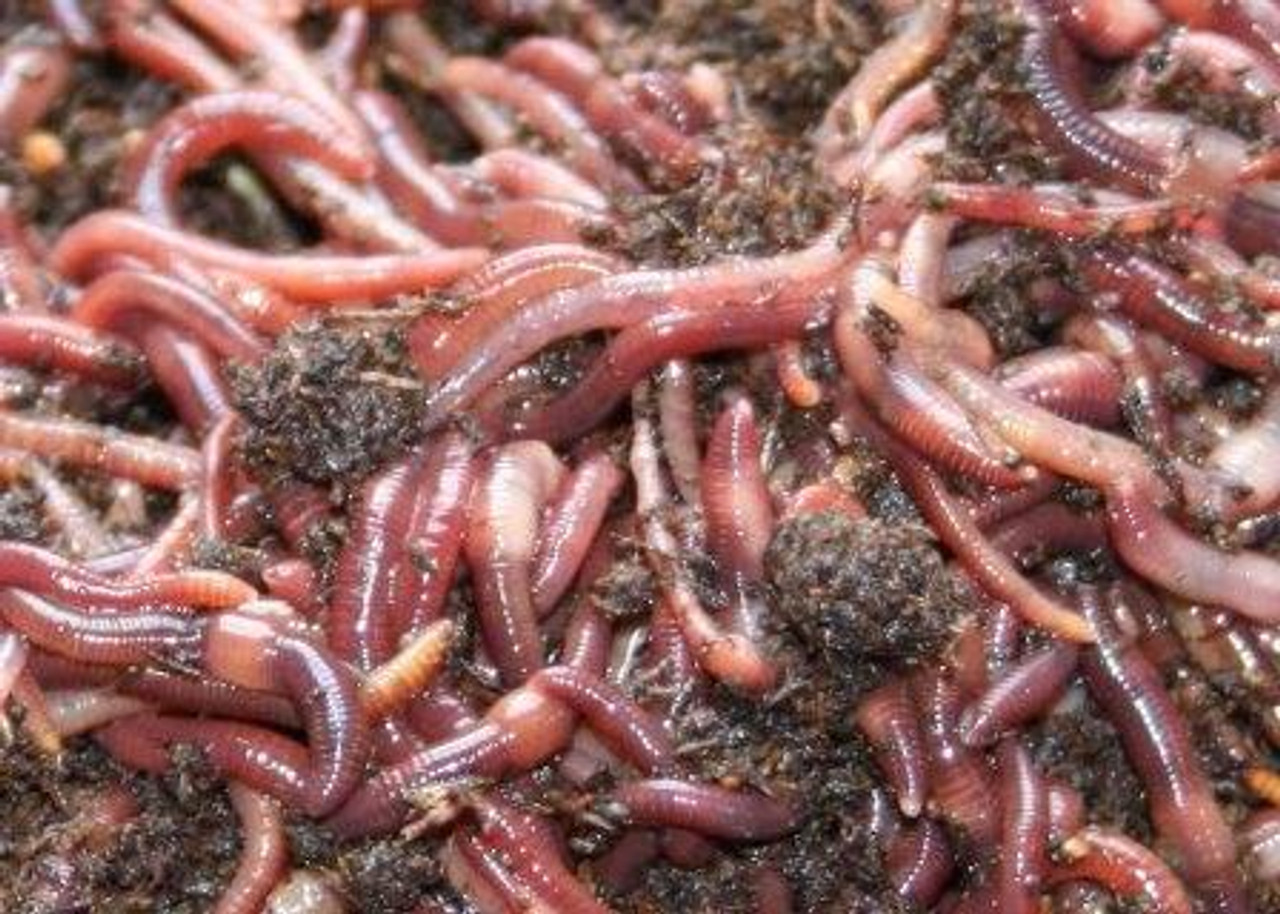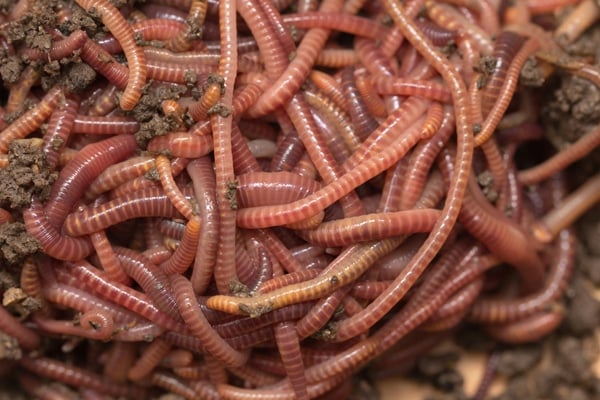Lake Hickory Bait: The Top Spot for All Your Fishing Essentials
Lake Hickory Bait: The Top Spot for All Your Fishing Essentials
Blog Article
Exactly How Red Wigglers Can Change Your Composting Experience
The assimilation of red wigglers right into composting methods supplies a transformative approach to squander management and soil enrichment. Comprehending the specific needs and advantages connected with keeping a prospering worm population is crucial for maximizing their potential.
Benefits of Red Wigglers
Red wigglers, clinically called Eisenia fetida, are a foundation of effective composting systems as a result of their amazing ability to decompose natural issue effectively. These worms master transforming cooking area scraps, yard waste, and other natural materials into nutrient-rich compost, frequently described as worm castings. Lake Hickory Bait. This process not just decreases land fill waste yet additionally contributes to lasting horticulture techniques
Among the primary advantages of red wigglers is their high recreation rate, allowing them to populate a composting atmosphere quickly. This rapid reproduction improves decay prices, leading to faster compost manufacturing. In addition, red wigglers prosper in a varied variety of problems, making them adaptable to different composting arrangements.

Establishing Up Your Worm Container
(Lake Rhodhiss Bait)To develop an effective worm container for composting, cautious attention needs to be provided to its design and environment. A suitable worm bin should be created of products that are sturdy yet permit necessary air flow, such as plastic or timber. The size of the container can differ, however a quantity of about 1 square foot per pound of worms is a great starting factor.
Make sure that the bin has drainage openings to prevent water buildup, which can lead to anaerobic conditions detrimental to the worms. Additionally, integrating ventilation holes will aid keep appropriate humidity degrees and oxygen circulation.
Following, it is crucial to offer bed linen for the worms, which can include shredded paper, cardboard, or coconut coir. This bedding not only uses a habitat for the worms however also help in wetness retention.
Placement the worm container in an area that preserves a temperature level series of 55-77 ° F(13-25 ° C) to optimize worm activity. Stay clear of putting the bin in straight sunlight or severe temperatures. By following these guidelines, you can develop a conducive environment for red wigglers, improving the efficiency of your composting process.
What to Feed Your Worms

(Lake Hickory Bait)Red wigglers especially delight in soft, damp foods like watermelon skins, cucumber peels, and banana peels. However, it is crucial to avoid feeding them citrus fruits, onions, and garlic, as these can be harmful to their wellness. Additionally, cooked foods, milk products, and meat needs to be strictly avoided, as they can lead to smells and bring in pests.
Supplying a regular feeding schedule will aid maintain your worm populace flourishing while enhancing the overall effectiveness of your composting efforts. By understanding what to feed your worms, you lay the foundation for an effective and sustainable composting experience.
Maintaining a Healthy And Balanced Habitat
Producing a growing composting atmosphere for red wigglers needs interest to their environment, as it directly affects their health and wellness and efficiency. The suitable habitat must preserve a balanced moisture level, normally in between 60-70%. Excessive dampness can result in anaerobic conditions, while inadequate dampness may dehydrate the worms.

The bedding product in the garden compost must vary and shredded, integrating materials like cardboard, paper, and coconut coir. This not just offers a comfortable environment yet also functions as a food resource. Lake Hickory Bait. Regularly inspecting for odors or signs of bugs can help recognize prospective problems prior to they escalate
Last but not least, maintaining a balanced pH degree, preferably in between 6 and 7, makes sure a conducive habitat for red wigglers, promoting their capacity to process raw material efficiently. By resolving these aspects, you can create a sustainable and efficient composting environment.
Harvesting and Making Use Of Garden Compost
Harvesting compost from a worm bin is a satisfying procedure that transforms organic waste into nutrient-rich product for yards and plants. This can be done using methods such as the "light" technique, where worms are brought in to light and can be scooped away from the top layers, or by moving the garden compost to one side of the bin and adding fresh bed linens to the other side, urging the worms to move.
As soon as the worms are gotten rid of, the staying garden compost can be filtered to remove any type of larger bits or undecomposed product. This rich garden compost can be used directly to garden beds, combined into potting dirt, or utilized as a top dressing for potted plants.
Verdict
Including red wigglers right into composting practices dramatically boosts the decomposition procedure and contributes to the manufacturing of nutrient-rich vermicompost. The resulting worm spreadings improve soil structure, fertility, and microbial task, eventually promoting healthier plant development.
Report this page